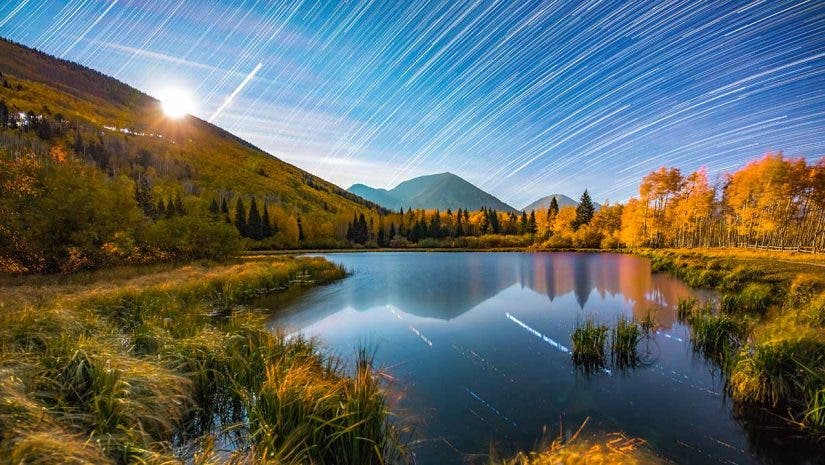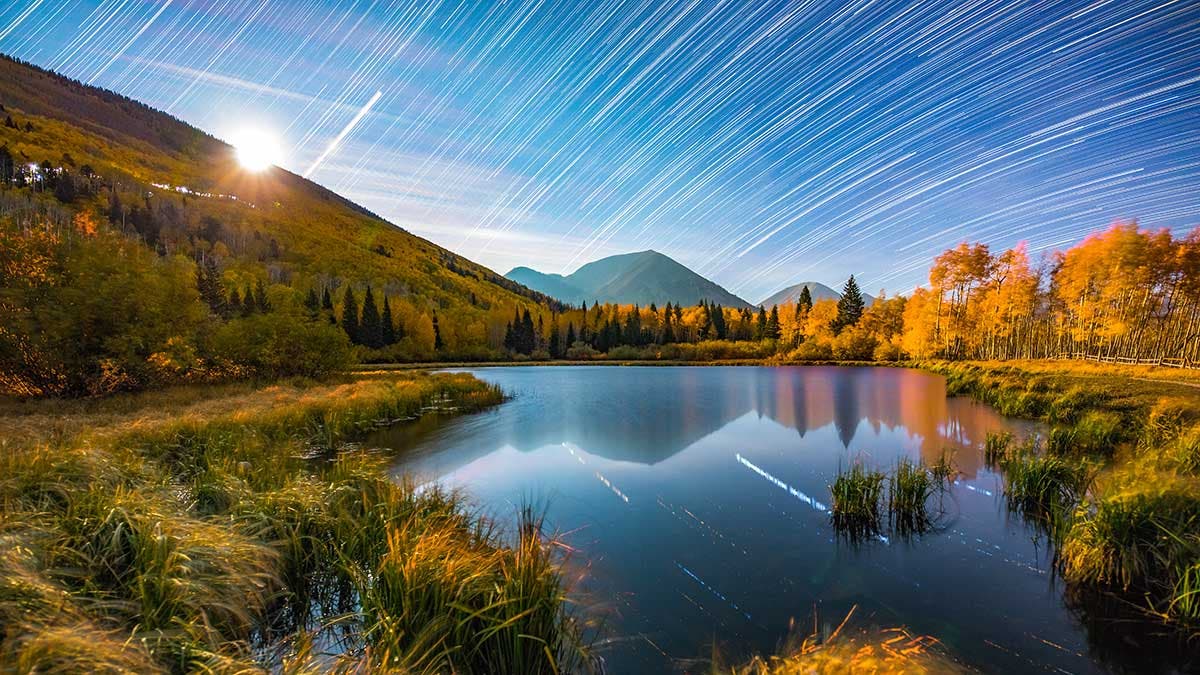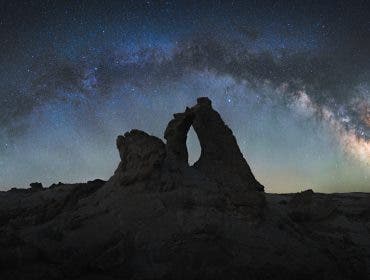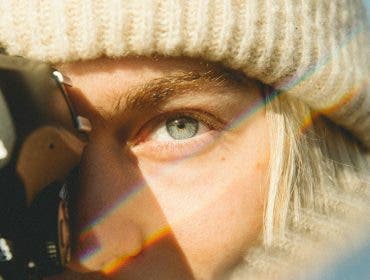While astrophotographers aim to create amazing night sky images, the earth below is also a factor, and many fall back on the technique of light painting. Examples of light painting abound in the field of astrophotography, from headlamp-illuminated models adding scale beneath the Milky Way to creators using flashes to enhance detail on a starlit foreground.
These images may captivate, but according to renowned nightscape photographer and dark-sky advocate Bettymaya Foott, director of engagement for light pollution authority DarkSky International, it’s time for astrophotographers to curb this practice. In fact, many national parks, from Arches and Canyonlands to Yosemite, have already banned light painting to protect wildlife and improve the stargazing experience for all visitors.
But what exactly constitutes light painting? And how can you retain image quality without it? We sat down with Foott to understand the ins and outs of the practice, including why photographers should stop and alternative, more eco-friendly ways to bring light into night-sky content.
What is Light Painting?
First things first, it’s important to understand what lighting painting is and isn’t. It’s not, say, illuminating your pathway with a flashlight or headlamp for safety—which is important (as is familiarizing yourself with your astrophotography site by day).
“It’s basically adding light to a scene to illuminate your foreground and put it in context with the night sky,” says Foott. It’s a long-standing practice in astrophotography. “I see it especially with people getting started in astrophotography because capturing details in your foreground takes some technical expertise.”
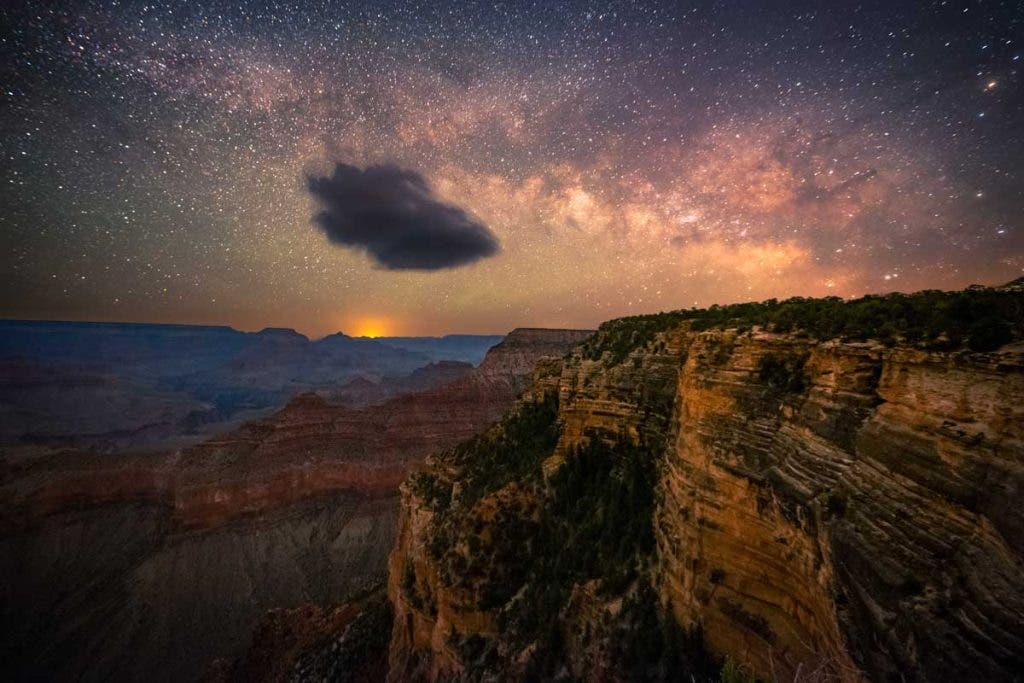
Why is Light Painting Bad?
The practice of illuminating your foreground may seem harmless, especially when so many other night-sky photographers do it, but Foott says the method goes against the very measures established to protect the night sky to begin with.
“Light is incredibly powerful, and that’s what we at DarkSky are trying to reframe people’s perception around,” she says. “Light is something powerful that needs to be used with caution and in the right place at the right time.”
For decades, DarkSky has spearheaded a global mission to minimize light pollution and retain pristine nightscapes around the world. It’s created rigorous certification measures and lighting guidelines to help hundreds of destinations, from national parks to urban communities, curb harmful light and retain night-sky quality. The nonprofit has also amassed a community of over 2,000 advocates with over 70 global chapters. (Here’s how to become a DarkSky defender yourself.) This work is critical in today’s overly lit world, given bright lights obscure the Milky Way from the majority of American homes.
Artificial illumination keeps humans from appreciating and connecting with the stars — which can boost mental health — and impairs species that rely on dark skies, such as migrating birds or nocturnal animals. “Adding light into a scene can be detrimental to critical habitat and wildlife,” Foott says.
Consider Your Fellow Astrophotographers
Curbing the use of light painting is also about respecting your fellow creatives. “If you’re in an area with other astrophotographers who have maybe never seen the Milky Way and have traveled potentially thousands of miles or across oceans to experience seeing a dark sky for the first time, [light painting] takes away from that experience,” Foott says.
Take Arches National Park, which Moab-based Foott visits frequently for night-sky captures. “People shine light on [Delicate Arch] all night long,” she says, noting this happens despite Arches’ light painting ban. “To me, it takes away from the experience of respecting and understanding the dark.”
Foott recalls one specific Arches night when a photographer implemented a nonstop strobe for over an hour. “It was difficult to have that sense of reverence and awe when a bright light on the arch kept going on and off,” she says. “It was just somebody coming in, taking charge, assuming that it was fine with everybody else, and asserting their presence to take over the entire atmosphere.”
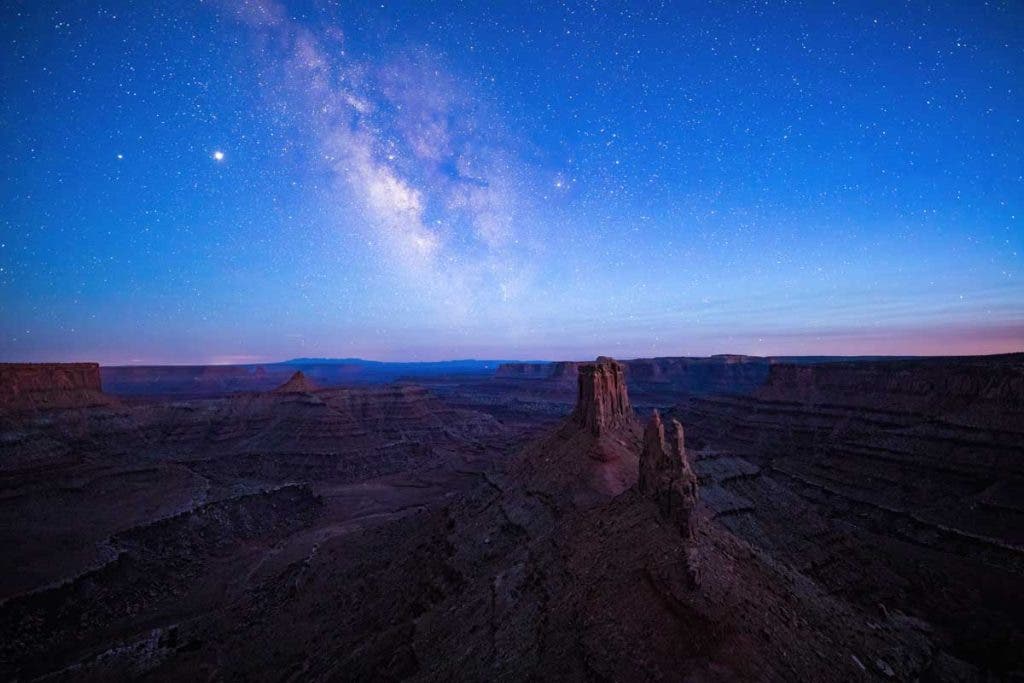
Astrophotography Without Light Painting
Ditching light painting doesn’t have to mean lackluster night-sky images. Foott says it’s all about getting creative and making the most of natural light and your technology. “I love this challenge,” she says, noting she plans her shoots around finding natural ways to illuminate the foreground. Her biggest tip: “Don’t be afraid of moonlight.”
While many pursue astrophotography on new-moon nights, when the sky is at its darkest, Foott says other stages of the moon cycle enhance foreground brightness without compromising star quality. “A rising crescent moon is great because you get a little bit of light on your foreground, and it doesn’t wash out anything in the night sky,” she says, noting that a rising or setting moon, even when relatively illuminated, can create the effect of a nighttime golden hour. “You get diffraction through the atmospheric haze on the horizon. It adds beautiful colors and dramatic lighting to your foreground,” she says. Use apps like PhotoPills to determine the moonrise and moonset times.
Blue Hour
Additionally, aim for blue hour, the navy-tinged period following sunset or preceding sunrise. “Usually, I do single exposure blue-hour shots when the sun hasn’t fully set, but it looks dark to the eye, and it feels dark,” she says. While you may see little with the naked eye, your camera is more sensitive and perceives a touch of light. She recently succeeded in using this trick for Grand Canyon night imagery. “You can see into the Grand Canyon, the depth of the canyon, because of that blue-hour lighting.”
Silhouettes
It’s also time to consider alternative astrophotography compositions, such as silhouette shots instead of bright foreground scenes. “You could have a dark silhouette of a saguaro under the Milky Way or even just a human silhouette,” Foott says. “I think the darkness is beautiful, and it’s cool to see it juxtaposed against the light from the night sky.”
What About Astrophotography Noise?
Of course, avoiding light painting may mean you need to bump up your ISO or enhance your exposure in post—which could introduce unwanted noise. Foott says that, within reason, editing tools can help photographers minimize noise while retaining quality. “The denoise in Lightroom is very good now, so much better than it used to be,” she says. Other tools, like Topaz AI, can enhance night sky images and reduce noise, too.
“Another program I use is Starry Landscape Stacker,” Foott says. “It’s a software program where you take 10 to 15 photos, one after another, then tell it which is the foreground, which is the night sky, and it aligns your shots so you can stack those for noise reduction.”
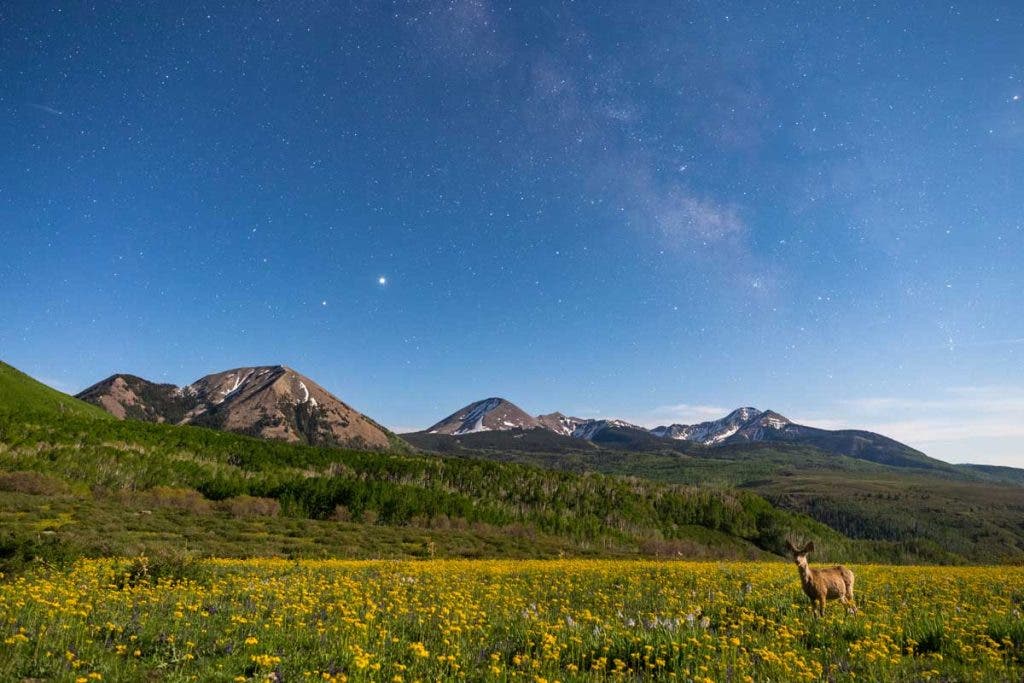
Is it ever OK to use Light Painting?
While Foott avoids light painting at all costs, she does acknowledge there are times when it’s warranted—particularly if it’s in an area where no other astrophotographers are around, and the use of it won’t disrupt local wildlife.
For example, a wedding photographer taking engagement photos beneath the night sky in a suburban area with a flash could be fine. “As long as there aren’t other astrophotographers, and it’s not a critical wildlife habitat where, say, a nocturnal frog would be blind for an hour if it sees light,” she says. “For the most part, I think it really comes down to respect—respecting the land, respecting the area, and respecting others around you.”
Craving more astrophotography tips—particularly ahead of August’s Perseid meteor shower? Don’t miss our meteor shower photography interview with Foott, too.
